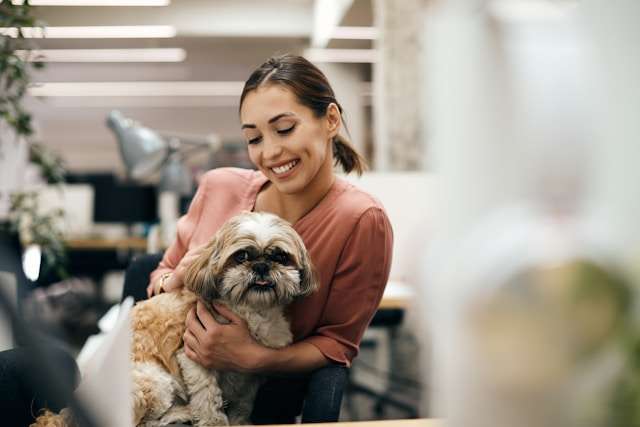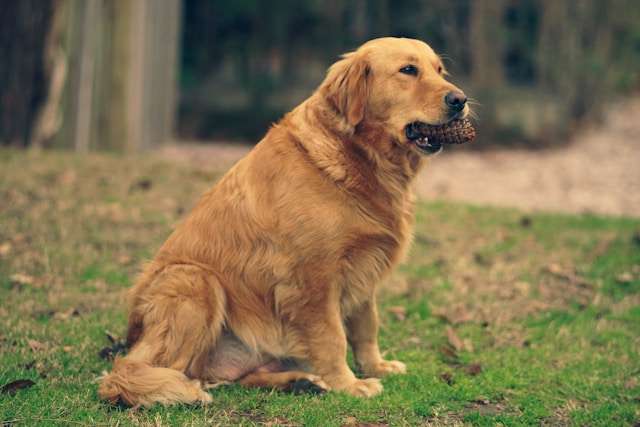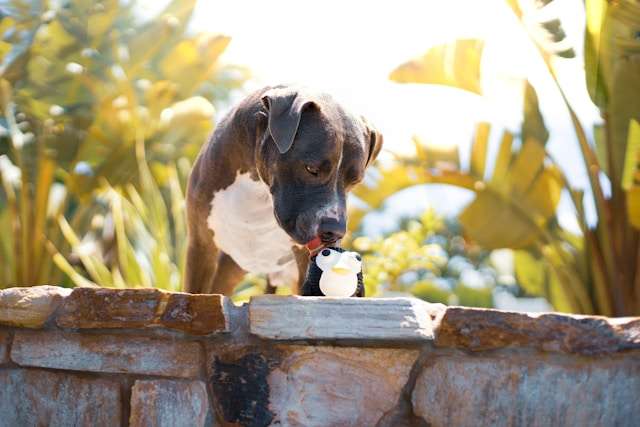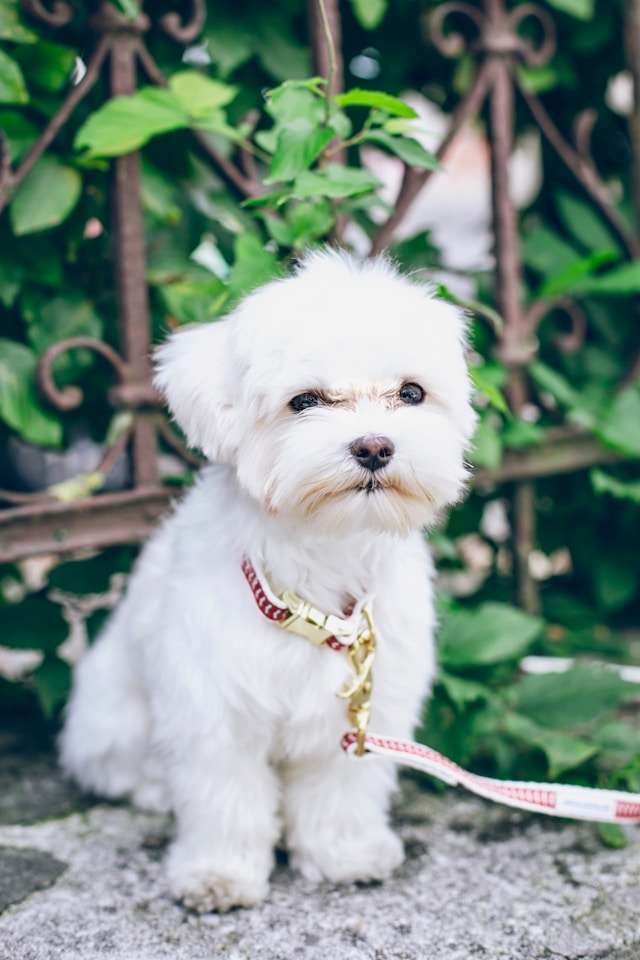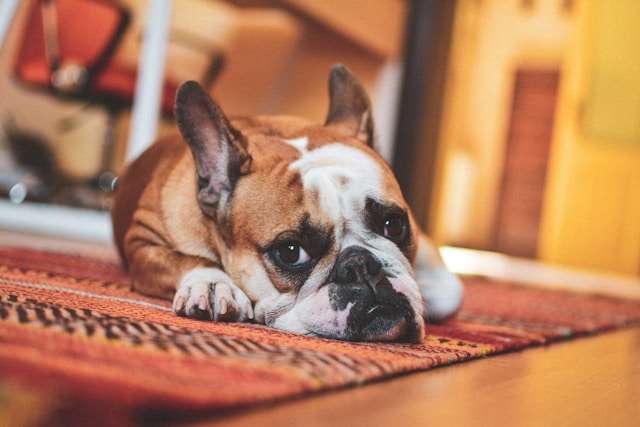Potty Training Dog: A Friendly Guide for Dog Owners
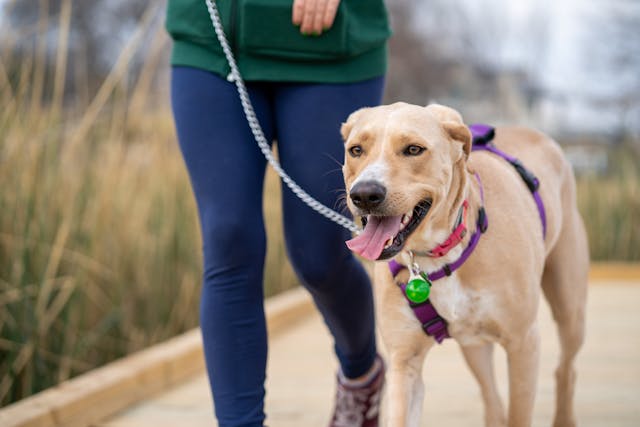
Potty Training Dog: A Friendly Guide for Dog Owners. Potty training your dog can feel overwhelming, especially if you’re a first-time dog owner. But with the right approach and a little patience, it’s both doable and rewarding.
Teaching a dog proper bathroom behavior sets the stage for a healthy, happy relationship between you and your furry friend.
Take Savannah, for example—a spirited Boxer whose journey with potty training was full of small mishaps, gentle triumphs, and plenty of learning moments.
In this guide, we’ll break down the essentials of potty training dog, so you can enjoy a cleaner home and a more confident pup.
Key Takeaways
- Potty training dog is easier with consistency, patience, and the right supplies.
- Set up a routine customized to your dog’s breed, age, and your living space.
- Reward your dog’s success to encourage good habits.
- Don’t get discouraged by setbacks—go back to basics and stay positive.
Table of Contents
Getting Started with Potty Training Your Dog
Photo by Pavel Danilyuk
The key to smooth potty training lies in knowing when your dog is ready and how to match your home setup with their needs. Savannah’s family discovered that age, breed, and household dynamics all played a role in crafting her unique routine.
Some puppies grasp the concept early, while others, especially rescues, may need extra patience.
Start by understanding your dog’s signals. Puppies typically show readiness around 12 to 16 weeks, but older dogs can adapt with consistency. Consider crate training for apartments or puppy pads for homes with less yard space.
Always factor in your dog’s breed—Boxers, like Savannah, have a reputation for being more straightforward to housetrain due to their naturally clean habits.
Routine matters. Dogs thrive on repeated actions, so set regular feeding and potty times. Even dogs who have experienced upheaval—like a move or a new baby—will benefit from this consistency.
Recognizing Readiness and Setting Expectations
Puppies and older dogs have different cues when they’re ready for potty training. Watch for sniffing, circling, or whining, which often signal an impending bathroom break.
Accidents are part of the journey, so don’t expect perfection right away. Savannah’s first few weeks included more accidents than successes, but clear signals helped her family anticipate her needs and cut down on messes. Stay calm and positive; frustration only makes the process harder on both you and your dog.
Essential Supplies and Preparations for Potty Training Dog Owners
You don’t need fancy equipment, but a few practical items make a big difference:
- A sturdy crate (for crate training)
- Puppy pads (for apartments or cold weather)
- Enzymatic cleaners (neutralize odors and prevent repeat accidents)
- Tasty treats (to reward success)
- A designated potty spot (outdoors or on pads)
Savannah loved having a consistent place to potty. Whether you have a fenced yard, a city balcony, or rely on walking, keep the bathroom location reliable.
Creating a Potty Training Schedule and Routine
Consistency helps dogs learn faster. Here’s a basic schedule to follow:
- Morning: First potty break as soon as you wake up.
- After meals: Take your dog out ten minutes after eating.
- Before bedtime: Avoid accidents overnight.
- After naps and play: Puppies often need to go right after waking or activity.
For Savannah, her family set mealtimes at 7am and 5pm, with potty breaks 10 minutes later. Walks sandwiched her day, and playtime prompted extra trips outside.
Effective Techniques and Troubleshooting for Potty Training Success
No two dogs are the same, but positive methods and patience work wonders, even when accidents or regressions pop up.
Proven Methods for Potty Training Dog Owners
Positive reinforcement lays the foundation for success. When your dog potties in the right spot, reward them with treats, praise, or a favorite toy. Avoid punishment—fear and confusion won’t teach your dog what you expect.
Try these strategies:
- Crate training: Dogs rarely soil their sleeping area. Use the crate for short periods when you can’t supervise.
- Leash training: Take your dog to their spot on leash, wait patient, then praise as soon as they finish.
- Supervised freedom: Let your dog roam only when they’re empty. Keep a close eye to catch signs of needing to go.
For a deeper look at successful potty training routines, check out these tips from experienced dog owners for practical ideas and support.
Common Potty Training Challenges and Their Solutions
Setbacks happen—a schedule change, stress, or even stubbornness can cause accidents. Savannah had a tough transition when her family moved. She marked new spaces for comfort, but patience and a return to basics helped her adjust.
For breed-specific challenges, Boxers like Savannah tend to pick up routines quickly. Learn more about Boxer dog traits and why some breeds might be easier to train than others.
Tips for handling common challenges:
- Clean all accidents thoroughly with enzymatic cleaner.
- Keep a written log of times when accidents occur to adjust your schedule.
- Return to basics if your dog regresses after a change in environment.
Tips for Long-Term Success and Maintaining Good Habits
Potty training isn’t a set-and-forget task. As your dog grows, their needs and habits change. Savannah’s family learned to adapt when traveling by bringing familiar pads and keeping to their at-home routine.
To prevent backsliding:
- Stick to the schedule, even as your dog ages.
- Reward good behavior regularly, not just early on.
- Refresh potty training basics after life changes, like moves or new pets.
For more strategies on keeping your dog’s behavior sharp, you might find value in a specialized free dog training workshop tailored for various learning situations.
FAQ
How long does potty training usually take?
Most dogs master potty training in two to four months, but some may need more time.
Is it harder to potty train older dogs?
Older dogs can learn, but it might require extra patience and returning to basics.
What if my dog keeps having accidents?
Double-check your schedule, clean up thoroughly, and make sure stress isn’t affecting your pup.
Can all dog breeds be potty trained the same way?
Different breeds have unique needs. For instance, Boxers may housebreak quickly, while tiny breeds may need more frequent breaks.
Conclusion
Potty training your dog is a journey that pays off every day. Savannah’s story shows that with a routine, the right tools, and a little understanding, even the messiest beginnings can lead to a well-trained companion. If your dog struggles, remember: every accident is a chance to learn together. Stick with it, and soon you and your best friend will enjoy a cleaner, happier home. Happy training!


